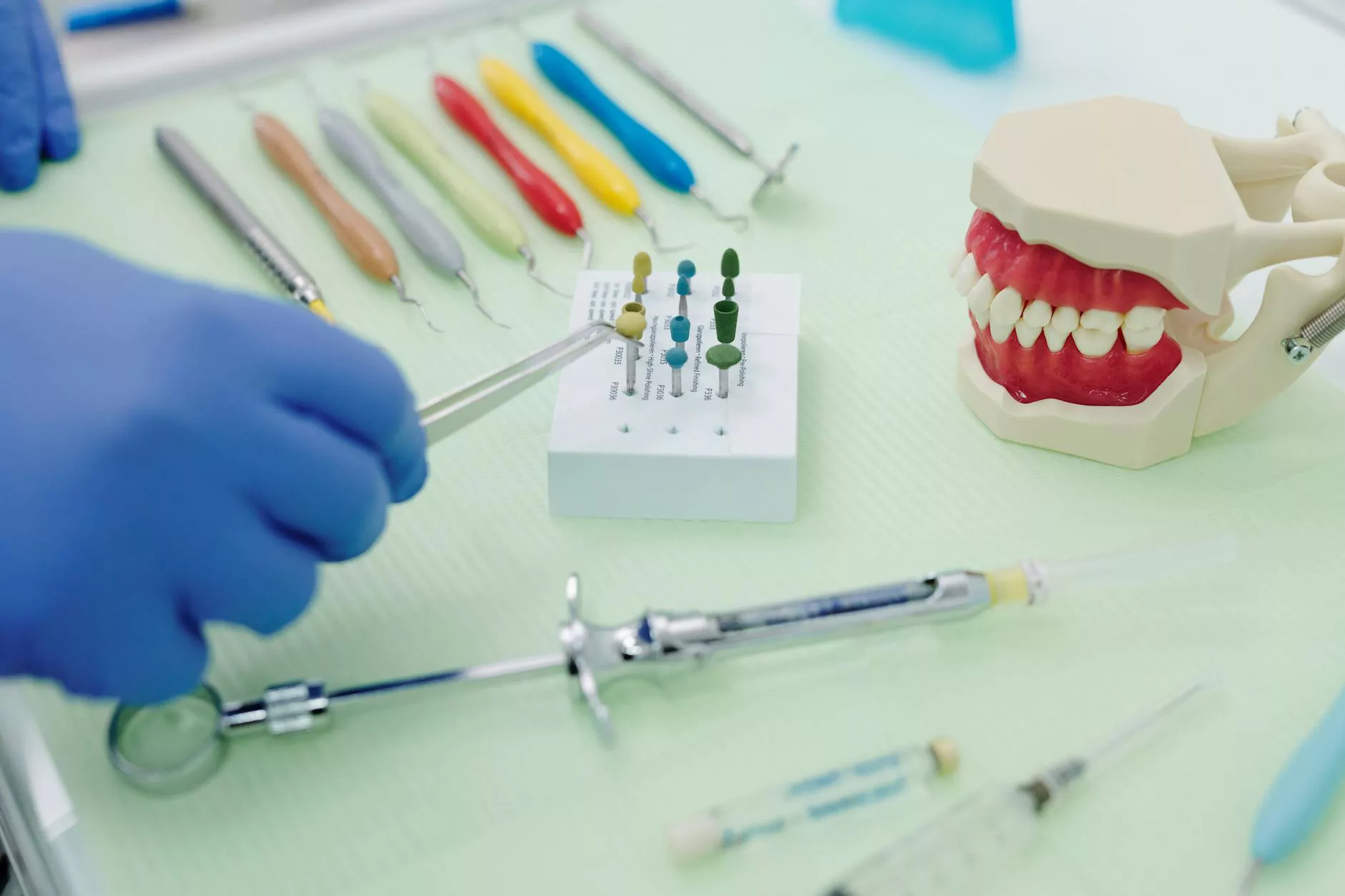Understanding Gum Disease Infection: Prevention and Treatment

Gum disease infection, medically known as periodontal disease, is an often overlooked but critical aspect of oral health. This condition can lead to serious complications if left untreated, impacting not just your dental health but potentially your overall well-being. In this article, we will delve into the causes, symptoms, prevention, and treatment options for gum disease infection, providing you with the knowledge necessary to maintain a healthy smile.
What is Gum Disease Infection?
Gum disease infection occurs when the gums around your teeth become inflamed or infected. This condition typically begins with gingivitis, the earliest stage of gum disease, characterized by red, swollen gums that may bleed during brushing or flossing. If not addressed, it can progress to periodontitis, a more severe stage that can result in tooth loss.
The Stages of Gum Disease
- Gingivitis: Mild inflammation and irritation of the gums.
- Chronic Periodontitis: Involves deeper infections that affect the bone supporting the teeth.
- Advanced Periodontitis: Severe stage leading to destruction of the gum tissue and bone, resulting in tooth mobility and loss.
Causes of Gum Disease Infection
The primary cause of gum disease infection is the accumulation of plaque—a sticky, colorless film of bacteria that forms on your teeth. Factors that contribute to the development of this condition include:
- Poor Oral Hygiene: Neglecting daily brushing and flossing allows plaque to build up, leading to gum disease.
- Tobacco Use: Smoking or chewing tobacco contributes to gum disease by impairing blood flow to dental tissues.
- Hormonal Changes: Fluctuations during puberty, menstruation, pregnancy, or menopause can make gums more sensitive.
- Medical Conditions: Diseases such as diabetes and autoimmune disorders can impact gum health.
- Genetics: A family history of gum disease increases your risk.
Symptoms of Gum Disease Infection
Recognizing the symptoms of gum disease infection is crucial for early intervention. Common signs include:
- Red or swollen gums: Healthy gums should be pink and firm.
- Bleeding gums: Gums that bleed during brushing are a sign of infection.
- Persistent bad breath: Halitosis may indicate plaque buildup and gum infection.
- Receding gums: This may make teeth appear longer than usual.
- Loose teeth: This occurs due to the loss of bone supporting the teeth.
Prevention of Gum Disease Infection
Preventing gum disease infection is essential. Here are key strategies to maintain optimal oral health:
Maintain Excellent Oral Hygiene
Brushing twice a day with fluoride toothpaste and flossing daily removes plaque and food particles. Consider the following:
- Use a soft-bristled toothbrush and replace it every three to four months.
- Appropriately use dental floss or interdental brushes to clean between teeth.
Regular Dental Check-ups
Visits to your dentist every six months for a professional cleaning and check-up are vital. During these visits, your dental health professional can:
- Identify early signs of gum disease infection
- Provide thorough cleanings to prevent plaque buildup
- Offer personalized advice tailored to your oral health needs
A Healthy Diet
Nutrition plays a significant role in oral health. Consider these dietary tips:
- Limit sugary foods and beverages that promote plaque formation.
- Incorporate plenty of fruits and vegetables for their vitamins and minerals.
- Stay hydrated to help produce saliva, which protects against gum disease.
Treatment Options for Gum Disease Infection
If gum disease infection is diagnosed, it’s imperative to initiate treatment promptly. The treatment will depend on the severity of the condition and may involve:
Non-Surgical Treatment
Non-surgical options are typically recommended during the early stages of gum disease:
- Scaling and Root Planing: A deep cleaning process to remove plaque and tartar from below the gum line.
- Antibiotics: Might be prescribed to help clear up the infection.
Surgical Treatment
In more severe cases, surgical procedures may be necessary, including:
- Flap Surgery: The gums are lifted back to remove tartar and then stitched into place.
- Bone Grafts: A procedure to regenerate lost bone due to severe gum disease.
- Tissue Regeneration: Encouraging new tissue growth to restore the gum line.
The Importance of Regular Dental Care
Regular dental care at Teeth At Tiong Bahru is vital in the prevention and management of gum disease infection. Our team of expert dentists and orthodontists is dedicated to providing you with the best oral health care possible. We understand that the foundation of good health starts with a healthy smile.
Conclusion
Understanding gum disease infection is key to maintaining oral health. Regular dental check-ups, excellent oral hygiene, and a healthy lifestyle are integral to preventing and managing this condition. If you experience any symptoms or have concerns about your gum health, don't hesitate to contact Teeth At Tiong Bahru for a personalized consultation. Your journey to a healthier smile starts here!









